Overview
Map
Other Details
كنيسة مار الياس
Antelias
Metn
Mount Lebanon
كنيسة مار الياس - أنطلياس بُنيت الكنيسة كمزارٍ صغيرِ مُكرّس للنبيّ إيليّا فوق معبدٍ رومانيّ في القرن الخامس. أعاد المردة توسيع البناء الأوّل في القرن العاشر. بعد تأسيس دير سيّدة طاميش سنة ١٦٨٥ كان المطران جبرائيل البلوزاوي (البطريرك لاحقًا) يرسل راهباً ليخدم الرعيّة. سنة ١٧٢٣ سلّم البطريرك يعقوب عوّاد كنيسة مار الياس وجميع املاك الدير واوقافه الى الرهبنة الانطونيّة. شهدت كنيسة الدّير سنة ١٨٢٠ وسنة ١٨٤٠ على قسم عاميّتين إجتمعت فيهما كافة الأطياف من جبل لبنان تنديدًا بجور الأمير بشير الثاني. سنة ١٩٢٧ أخذت الكنيسة شكلها الحاليَ ورُمّمت أخيرًا سنة ٢٠٠٠. The Church of St. Elijah - Antelias The church was initially constructed as a small shrine atop a Roman pagan temple in the 5th century. During the 10th century, the Maradaites expanded the original shrine. After Bishop Gebrayel El Blousawi (later patriarch) established the Tamish monastery in 1685, he assigned one of its monks to serve the Antelias parish. In 1723, Patriarch Jacob Awad generously donated the church, monastery, and all associated lands to the Antonine Maronite Order. The Church of St. Elias played a significant role in two revolutionary agreements between representatives of Mount Lebanon's denominations, opposing the oppressive rule of Prince Beshir II in 1820 and 1840. The church acquired its present form in 1927 and underwent restoration in 2000.
Visited 2448 times, 1 Visit today


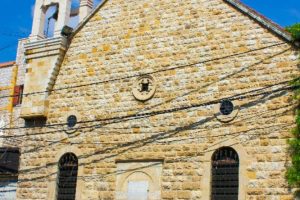
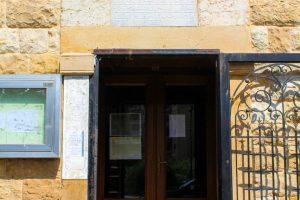
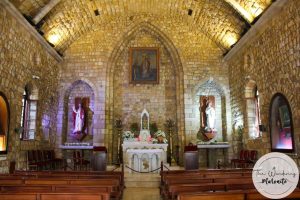
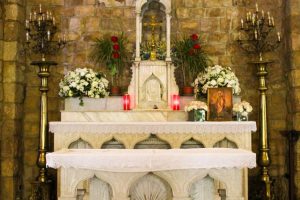
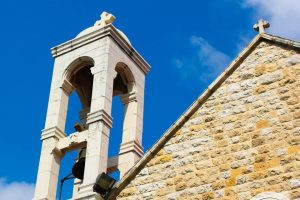
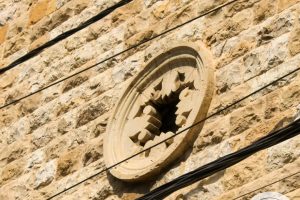






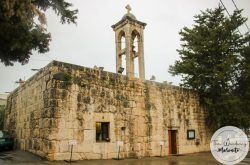
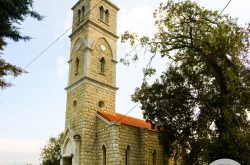
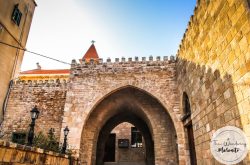
Reviews are disabled, but trackbacks and pingbacks are open.